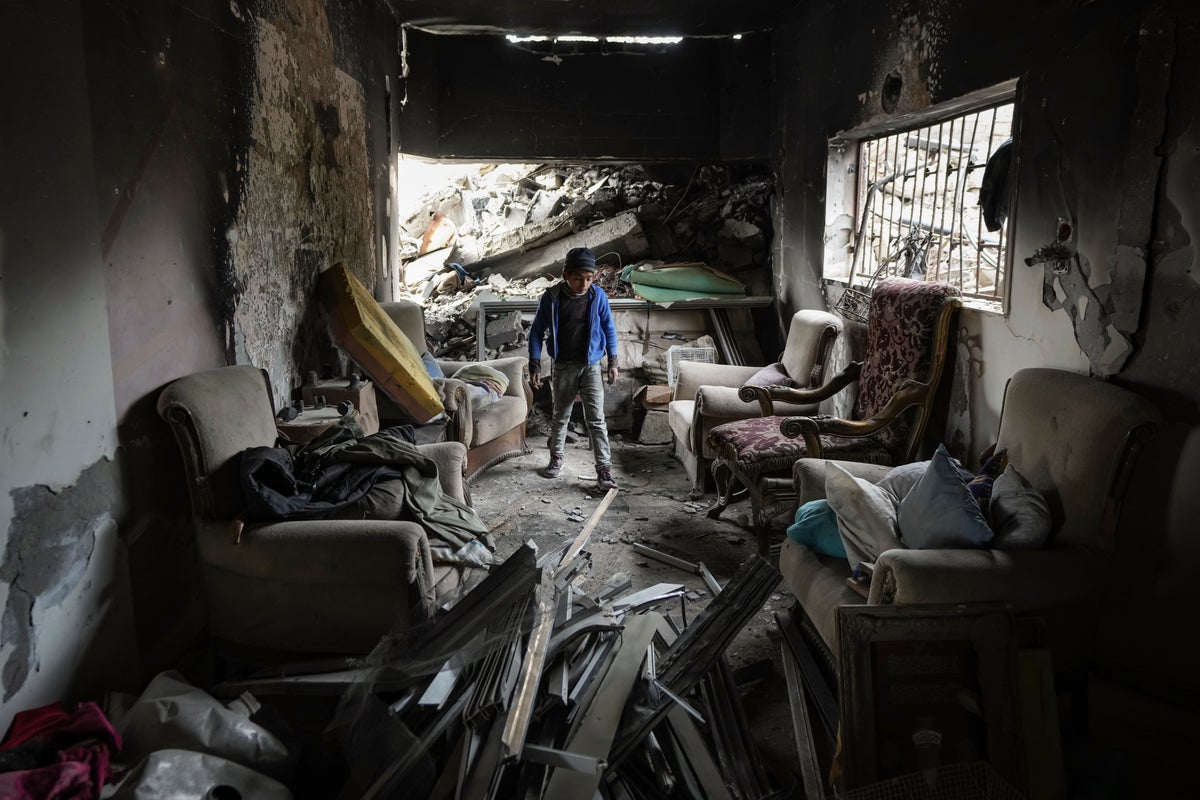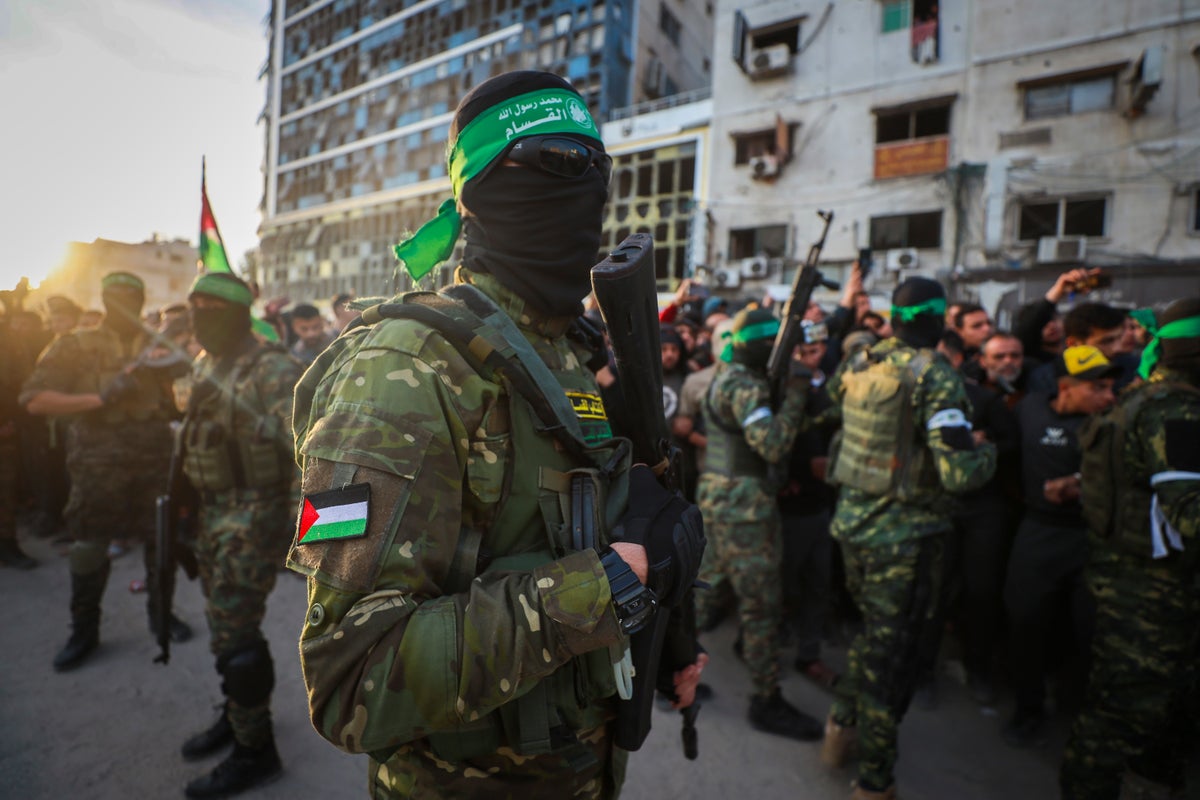The group still projects a powerful presence but, after all the damage, it will need to divert blame if the truce collapses. Of the many factors that will determine the fate of the fragile ceasefire in Gaza, one of the most difficult to quantify and predict is the level of popular support for Hamas. On Monday, Hamas threatened to delay the release of further Israeli hostages, accusing Israel of breaches of the ceasefire deal. The uncertainty, just over halfway into the ceasefire’s six-week first phase, complicates talks on the far more difficult second phase. It also jeopardises the pause in the devastating fighting and the increase in humanitarian aid for Gaza that the truce has made possible.
Some analysts believe that Hamas initially made the concessions that helped bring about the ceasefire in part because it is sensitive to public opinion among Palestinians in Gaza, and recognised that to continue the conflict could cause it lasting damage. The same holds true during the fragile ceasefire, with Hamas keen to get credit for continued calm and and avoid blame in the event of a return to hostilities.
That Hamas still has a powerful presence in Gaza despite massive damage done in Israel’s offensive seems clear. Successive handovers of Israeli hostages have been carefully choreographed to showcase the militant group’s military power, but Hamas has also deployed hundreds of officials from the municipal authorities it still controls to clear rubble, rehabilitate clinics, reopen schools and monitor markets.
Aid workers in Gaza report that many of their pre-war contacts in the local administration are back in their posts. “Hamas are pretty visible on the streets. Police are back on the beat and patrolling main junctions. Ministries are also reopening. It’s like the war never happened in some ways,” said one senior UN official last week. But experts point out that the widespread presence of Hamas does not imply extensive support.
“The level of control is not a measure of popularity,” said Hugh Lovatt, a specialist in Palestinian politics at the European Council on Foreign Relations. “We have polling data over the years and, though there are always caveats, there is still a consistent historical trend and that is that support for Hamas tends to hover around the mid-30s in percentage terms.”. An unpublished survey conducted just before the ceasefire last month revealed an apparent decline in levels of support for Hamas, though it remains the most popular party in Gaza.
The new survey, carried out by the Ramallah-based Palestinian Center for Policy and Survey Research (PCPSR), asked people in the territory if they supported “very extreme actions” to protect and defend Palestine. “This was on a continuous scale and roughly 25% were above the midpoint in support of extreme violence, so a minority,” said Scott Atran, the anthropologist who oversaw the research.
When asked what would be a “realistic and acceptable” ending to the Palestinian-Israeli conflict, just under half of the population said some division of territory between Israel and Palestine, either along the pre-1967 borders or those suggested by the UN in 1947, while slightly more than half preferred a dissolution of Israel, with a single Palestinian state under Islamic law the most preferred solution of all. The least preferred was a single democratic state with equal rights for Arabs and Jews.
The survey also showed that a significant proportion feel that rule by Islamic law – a key part of the ideology of Hamas – is important and that around half believe that a military solution is more likely than a diplomatic solution. For most in Gaza too, the Palestinian-Israel conflict is primarily religious rather than political, the survey suggested. Atran said: “Hamas has only the support of a fifth of the population – a steep decline from a March 2024 PCPSR poll that showed majority support for Hamas in Gaza. In fact, the most frequent response on leadership was that no one truly represents the Palestinian people … So there is an evident leadership gap.
“Yet, the survey also indicates that Gazans – women as much as men, old and young – are willing to sacrifice for their land and sovereignty, including to fight and die, even at the cost of their own family safety and security … or the promise of a better life elsewhere.”. A significant problem for researchers is that few in Gaza are prepared to openly criticise Hamas. The movement, which seized control of Gaza violently in 2007 after winning an election, has a long history of ruthless repression of dissidents.
A poll by PCPSR released in September shows 39% in Gaza supported the attacks by Hamas into Israel in October 2023 which triggered the conflict, 32 percentage points lower than six months earlier. Hamas killed 1,200, mostly civilians, and abducted 250 in the attack, while the ensuing Israeli offensive cost the lives of more than 48,000 Palestinians, mostly civilians, and devastated swaths of the territory.






















